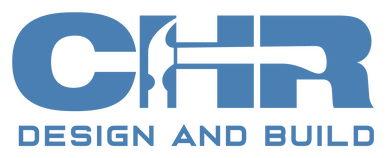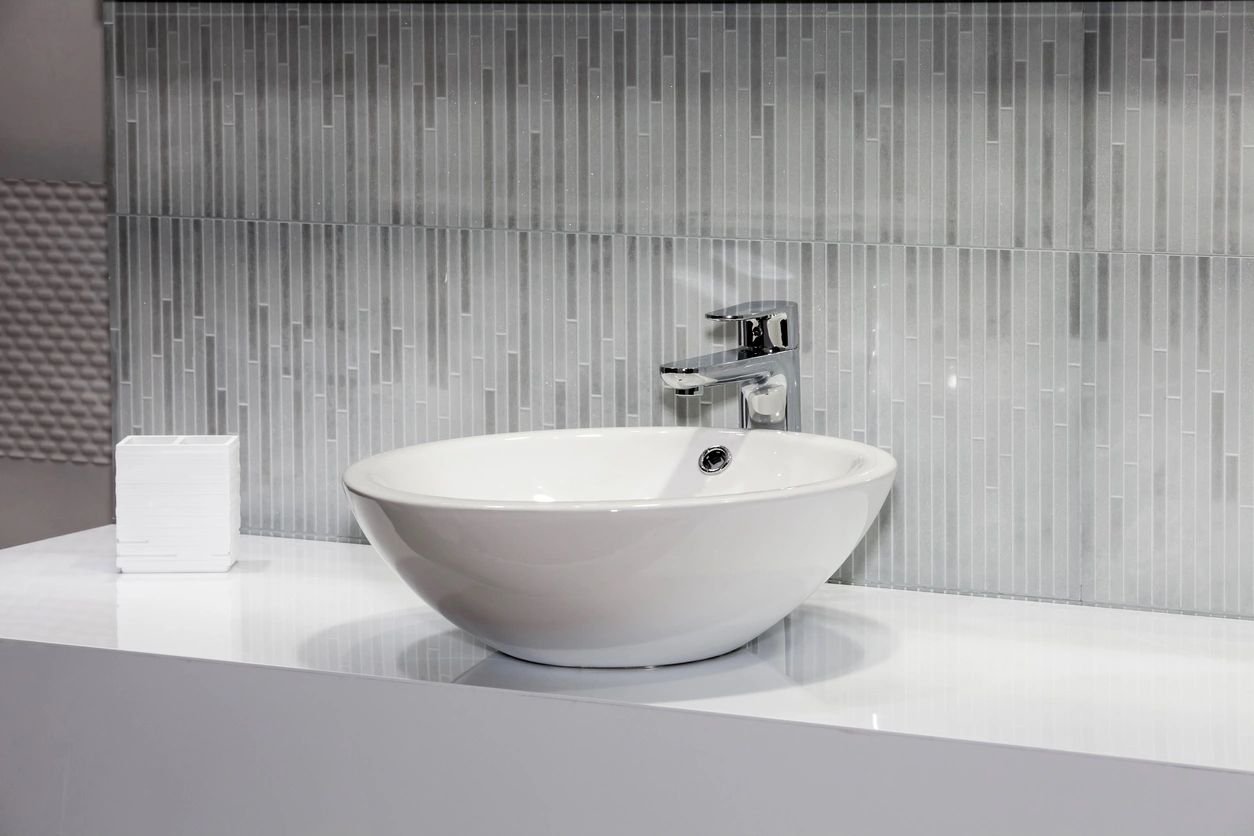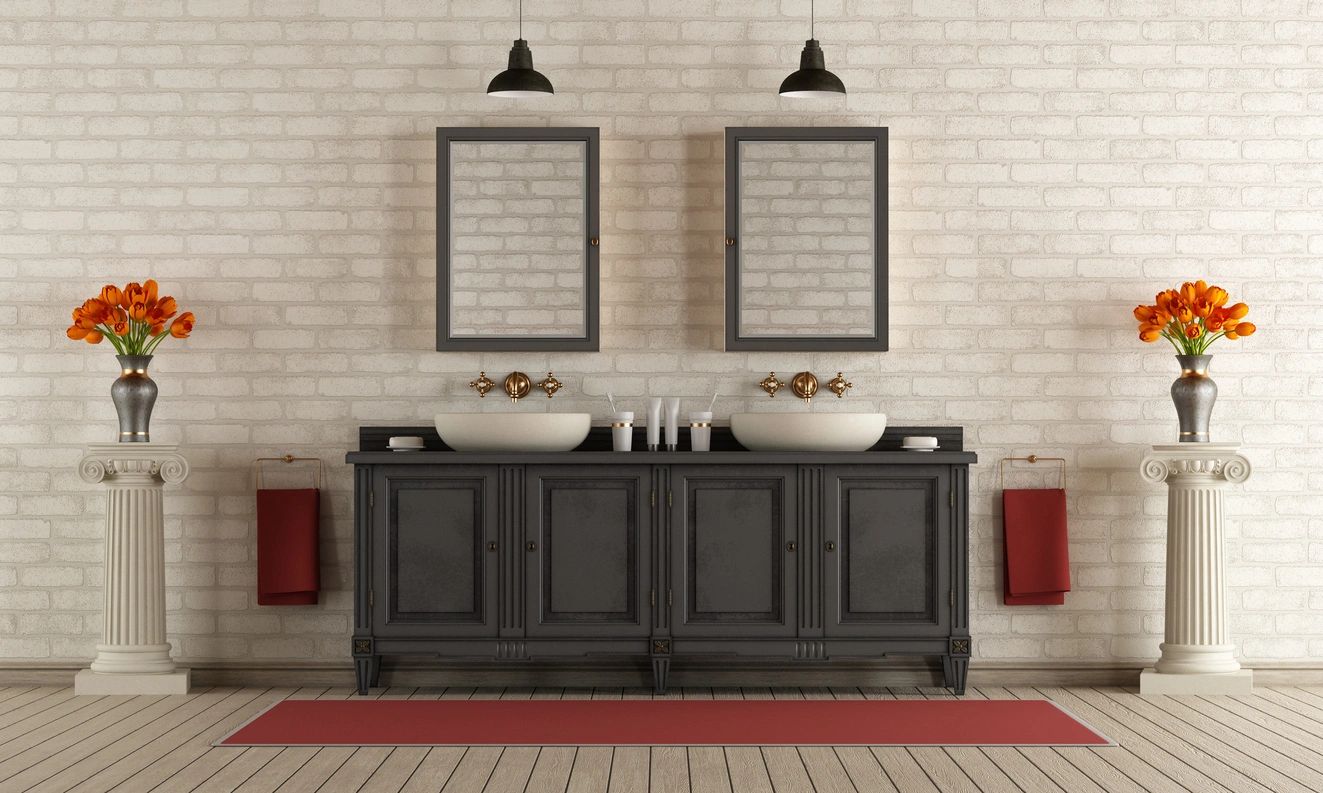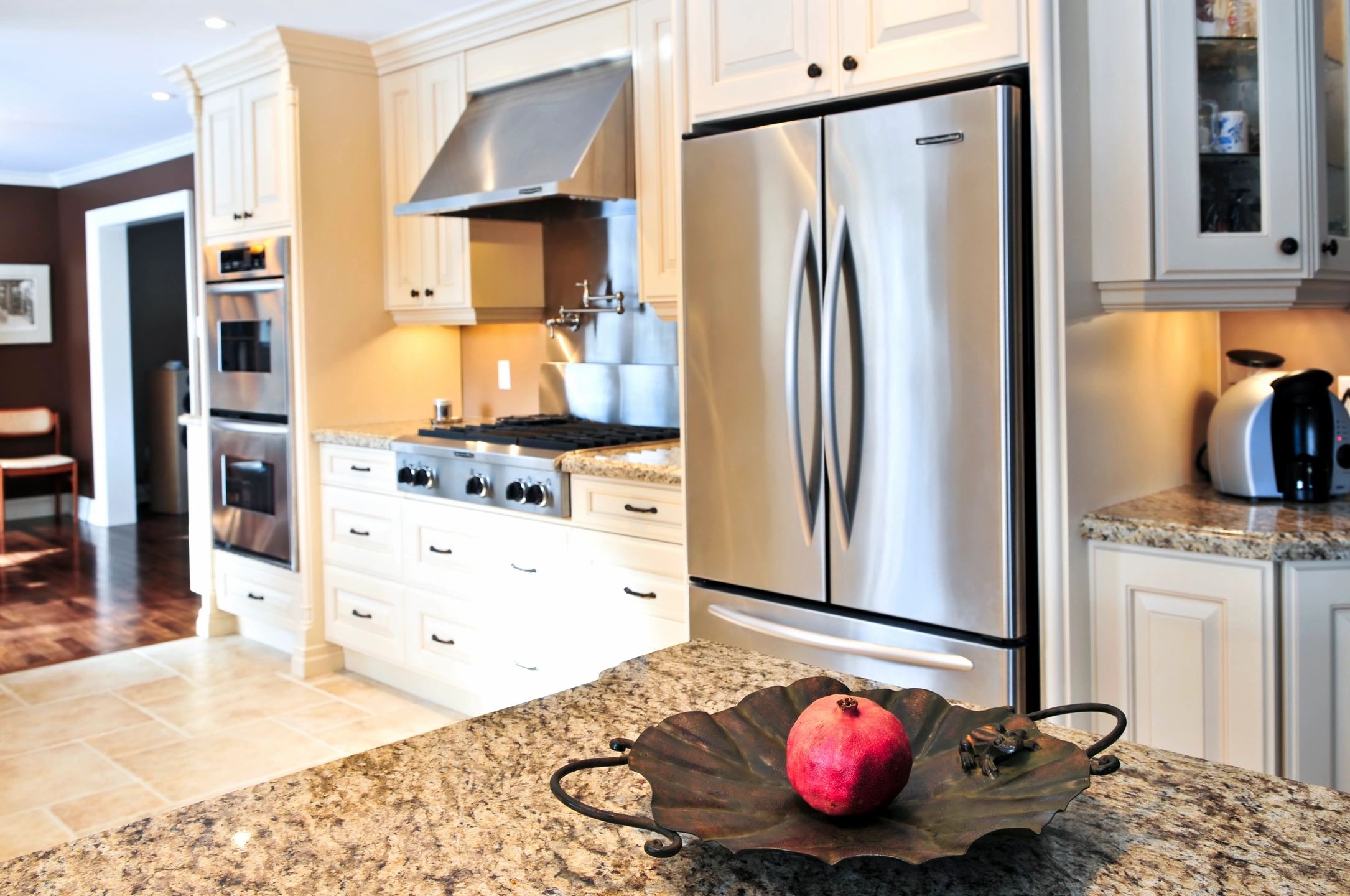Depending on the region you live in, winterizing can look different. Here in the midwest, winterizing can be as simple as:
1. Cleaning air filters and vents. This will ensure your heating flows properly and you are breathing clean air in a closed environment.
2. Have your furnace checked and tuned up. This will ensure your furnace operates optimally when you need it most and can avoid costly utility bills or even emergency repairs if it breaks down in the middle of winter.
3. Check carbon monoxide monitors. Carbon monoxide is an invisible, odorless, and tasteless gas emitted from your furnace. Checking your furnace for any leaks during a seasonal maintenance check for the furnace can identify this as well. Having carbon monoxide detectors will provide an added safety measure and peace of mind as it will detect high levels of carbon monoxide. Prevent illness or even a trip to the emergency room by checking for leaks and having properly functioning carbon monoxide detectors.
4. Seal drafty windows and doors. Drafty windows and doors will cost you at least 25/30% more on utility bills as heated air escapes and cold air seeps in through drafty windows and doors. Be prepared to replace worn or torn weatherstripping, foam tape, and possibly re-caulk.
5. Check your chimney, fireplace, and flue. There is nothing cozier on a cold winter night than getting the fireplace lit up. To prevent unnecessary fires and damage to your home, have your chimney cleaned and inspected for any obstacles. The chimney stack should also be checked for gaps and exposed walls that may need repair to ensure the chimney draft will properly draw up fire and smoke.
6. Protect your water pipes. To prevent pipe freezing or pipe bursting, insulate water pipes using foam insulating sleeves. An inexpensive and affordable way to ensure your pipes have an extra form of protection from the harsh cold winter temperatures.
These are the basics, for a little extra peace of mind, you can also:
7. Clean the gutters. Make sure the gutters are clean before the first snowfall. Gutters direct rainwater and snow away from your roof and prevent water from seeping in and causing damage. However, if they are clogged with dead leaves, twigs, and debris, they cannot do their job.
8. Inspect the roof and attic space. Ensure there is no breach in the roof and that some added insulation in the attic won’t hurt.
Winterizing your home is a fairly simple and affordable way to be cost-efficient on your energy bills over the winter. These tasks are also simple enough for a homeowner to perform themselves, time permitted. It is recommended to winterize your home well in advance of the cold weather. If however, you are too busy, not particularly handy, or keen on getting on a ladder, by all means, call a professional.
Some services may require a particular trade such as HVAC technician, or chimney sweep but for the most part, General Contractors and or handymen may offer these services either as an hourly service or a pre-packaged deal if you are a repeat customer.
Taking the time to develop a relationship with a General Contractor can develop into a long-term relationship and be the go-to resource when your home requires repairs or maintenance, or perhaps you are ready to remodel, re-design, expand or re-purpose areas of your home.
Protect your largest asset, your home. Take the time to ensure it serves all your family’s needs in a safe and comfortable way.
My invitation to you is to know your options. When in doubt, just reach out to 630-359-8208, [email protected].







